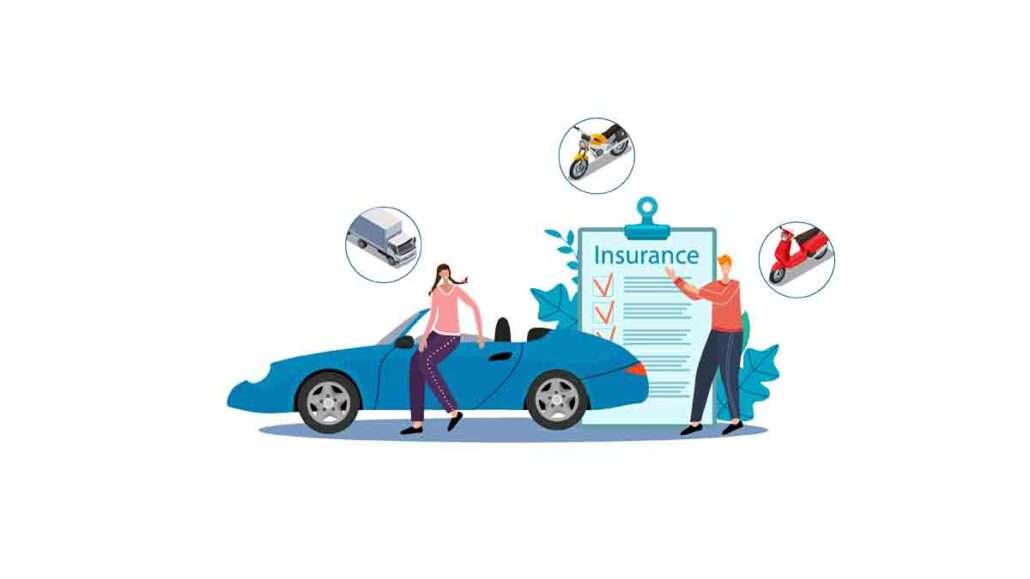Coverage for car insurance is a financial safety net designed to protect you and your vehicle in the event of an accident or unforeseen damage. It’s a legal requirement in most states, but the specific coverages offered and their costs can vary greatly depending on factors like your location, driving history, and the type of vehicle you own. Understanding the different types of coverage available is essential for making informed decisions about your insurance policy.

From mandatory liability coverage to optional protections like collision and comprehensive, car insurance offers a range of options to suit different needs and budgets. By carefully considering your specific circumstances and consulting with an insurance professional, you can select the coverage that best safeguards your financial well-being and provides peace of mind on the road.
Car insurance is a financial safety net that protects you and your vehicle in case of accidents, theft, or other unforeseen events. Understanding the different types of coverage is crucial to making informed decisions. In this comprehensive guide, we’ll delve into the intricacies of car insurance, helping you determine the optimal coverage for your needs.
Understanding the Basics
Before diving into specific coverages, let’s clarify some essential terms:
- Liability Coverage: Protects you from financial responsibility for bodily injury or property damage caused to others in an accident.
- Collision Coverage: Pays for repairs or replacement of your vehicle if it collides with another vehicle or object.
- Comprehensive Coverage: Covers damages to your car caused by non-collision incidents, such as theft, vandalism, or natural disasters.
- Uninsured/Underinsured Motorist Coverage: Protects you if you’re involved in an accident with a driver who doesn’t have insurance or doesn’t have enough.
- Personal Injury Protection (PIP): Covers medical expenses and lost wages for you and your passengers, regardless of fault.
Essential Coverages for Every Driver
While state laws vary, these are generally considered essential car insurance coverages:
- Liability Coverage: This is mandatory in most states. It’s crucial to protect your assets in case of an accident.
- Uninsured/Underinsured Motorist Coverage: Given the prevalence of uninsured drivers, this coverage is highly recommended.
Optional Coverages
Consider these optional coverages based on your specific needs and risk tolerance:
- Collision Coverage: Essential for newer vehicles and those with loans.
- Comprehensive Coverage: Protects against a wide range of risks, including theft and natural disasters.
- Medical Payments or Personal Injury Protection (PIP): Provides coverage for medical expenses and lost wages.
- Rental Reimbursement: Covers the cost of a rental car while your vehicle is being repaired.
- Roadside Assistance: Offers help with flat tires, lockouts, and other roadside emergencies.
Factors Affecting Car Insurance Costs
Several factors influence the cost of your car insurance premium:
- Driving Record: Accidents, traffic violations, and DUIs can significantly increase your rates.
- Age and Gender: Younger drivers typically pay higher premiums.
- Location: Urban areas tend to have higher rates due to increased accident risks.
- Vehicle Type: The make, model, and year of your car impact insurance costs.
- Coverage Limits: Higher coverage limits generally result in higher premiums.
- Deductibles: A higher deductible can lower your premium but increases your out-of-pocket costs in case of a claim.
Tips for Saving on Car Insurance
- Shop Around: Compare quotes from multiple insurers to find the best deal.
- Increase Your Deductible: Opting for a higher deductible can lower your premium.
- Maintain a Good Driving Record: Safe driving habits can earn you discounts.
- Bundle Policies: Insuring multiple vehicles or combining car insurance with homeowners insurance can lead to savings.
How to Choose the Right Car Insurance Coverage
To select the appropriate coverage, consider the following:
- State Requirements: Determine the minimum liability coverage mandated in your state.
- Vehicle Value: Assess the value of your car to determine if collision and comprehensive coverage are necessary.
- Financial Situation: Evaluate your budget to determine affordable coverage limits and deductibles.
- Personal Risk Tolerance: Consider your willingness to accept financial responsibility in case of an accident.
FAQs About Car Insurance Coverage
What is the minimum car insurance coverage required by law?
The minimum car insurance requirements vary by state. Typically, it includes liability coverage.
How does a deductible affect my car insurance premium?
A higher deductible generally leads to a lower premium. However, you’ll pay more out-of-pocket in case of a claim.
What is the difference between collision and comprehensive coverage?
Collision coverage covers damage from accidents, while comprehensive coverage covers damage from non-collision events.
Can I cancel my car insurance policy at any time?
Yes, you can usually cancel your car insurance policy at any time. However, there may be penalties or fees depending on your policy terms.
How often should I review my car insurance policy?
It’s a good idea to review your car insurance policy annually to ensure it meets your changing needs.
Is car insurance required by law?
Yes, car insurance is mandatory in most states. However, the specific coverage requirements vary by state.
Can I save money on car insurance?
Yes, there are several ways to potentially lower your premiums, such as maintaining a good driving record, comparing quotes, and increasing your deductible.
What is uninsured/underinsured motorist coverage?
This coverage protects you if you’re hit by a driver without insurance or with insufficient coverage.
Conclusion
Choosing the right car insurance coverage is essential for financial protection. By understanding the different types of coverage and considering your specific needs, you can create a policy that provides adequate protection without breaking the bank. Remember to review your policy regularly to ensure it aligns with your changing circumstances.

